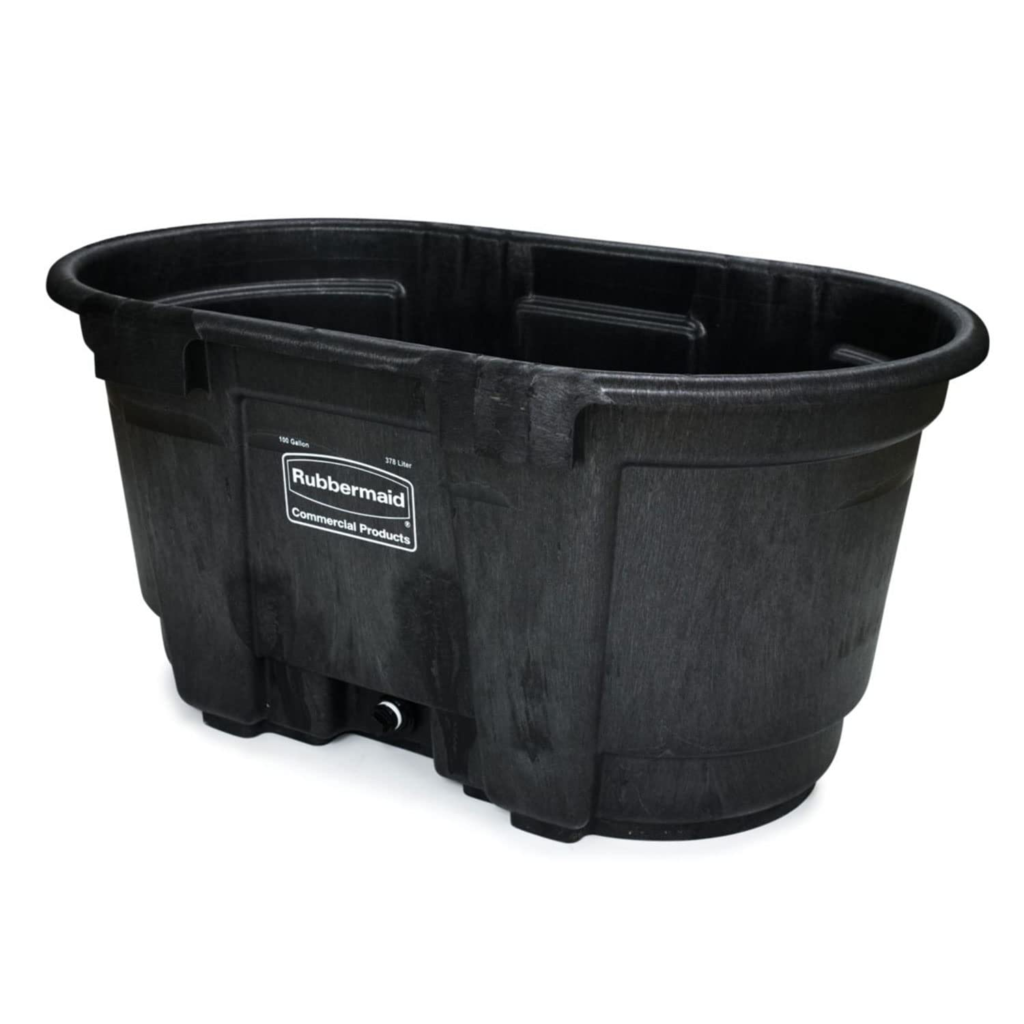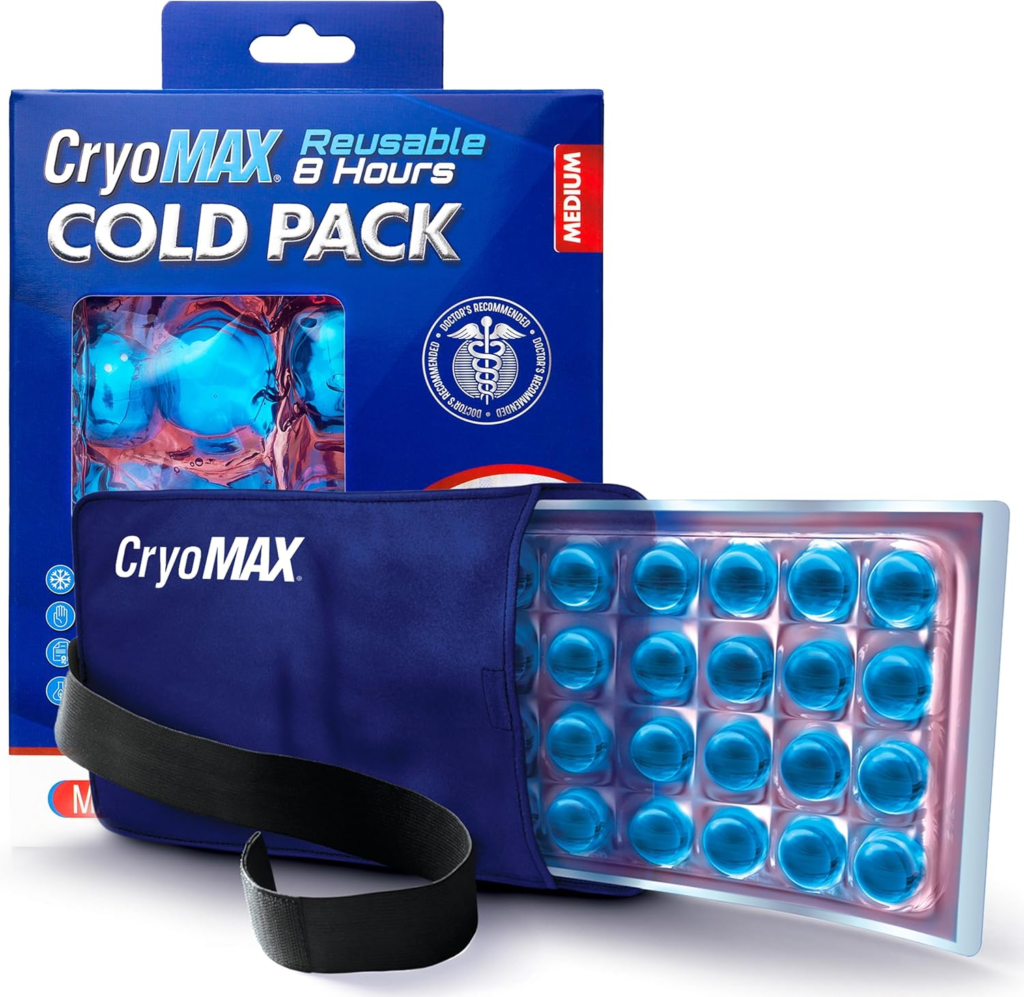Cold plunging, a form of cold-water immersion therapy, has gained popularity among athletes and wellness enthusiasts. Many individuals are now exploring DIY cold plunge setups as a cost-effective alternative to commercial ice baths.
This article examines the potential benefits, risks, and expert perspectives on DIY cold plunges, offering insights based on scientific research and established health organizations. Readers are encouraged to consider their health conditions and consult medical professionals before attempting cold-water immersion.
Potential Benefits of DIY Cold Plunge Therapy
While research on homemade cold plunges is limited, studies on cold-water immersion therapy highlight several potential benefits:
1. Muscle Recovery and Reduced Inflammation
Cold plunges have been widely used to reduce muscle soreness and minimize inflammation. The process of cold exposure constricts blood vessels, reducing swelling and muscle damage. A study in the Journal of Physiology found that cold-water immersion may be beneficial in reducing delayed onset muscle soreness (DOMS) after intense workouts.
2. Improved Circulation
The body reacts to cold exposure by stimulating circulation. Blood vessels constrict in cold water and dilate upon warming up, promoting efficient blood flow and cardiovascular health.
3. Mental Health and Stress Relief
Some research suggests that cold plunging triggers endorphin release, which may contribute to improved mood and stress reduction. A study in the Journal of Medical Hypotheses indicates that cold exposure stimulates the vagus nerve, potentially reducing stress levels and enhancing relaxation.
4. Cost-Effective and Customizable
Unlike commercial cold plunges, a DIY setup can be created using affordable and accessible materials, such as repurposed tubs or stock tanks. This allows for customization based on space and personal preferences.
Risks and Considerations
While cold plunging offers benefits, certain risks should be considered, particularly for individuals with pre-existing health conditions.
1. Cold Shock Response
Sudden immersion in cold water may lead to an involuntary gasp reflex, rapid breathing, and increased heart rate. This response can be dangerous if the individual is not prepared or submerged in deep water.
2. Cardiovascular Risks
Cold water exposure elevates blood pressure and heart rate, which may pose risks for individuals with heart conditions or hypertension. The American Heart Association advises individuals with cardiovascular concerns to seek medical guidance before attempting cold immersion.
3. Risk of Hypothermia
Extended exposure to cold water can cause hypothermia, leading to shivering, confusion, and loss of coordination. Experts recommend limiting cold plunges to 3–10 minutes based on temperature and individual tolerance.
Expert Opinions and Scientific Research
Dr. Andrew Jagim, a sports scientist at the Mayo Clinic, notes that ice baths can help in muscle recovery but advises against excessive use, as it may hinder muscle adaptation over time.
A study in the Journal of Applied Physiology highlights that cold-water immersion can enhance short-term recovery but may interfere with long-term muscle growth by dampening inflammation, which is necessary for muscle adaptation.
Recommended DIY Cold Plunge Products on Amazon

- Durable and widely used for DIY cold plunges.
- Provides ample space for full-body immersion.
- [(View on Amazon)](Amazon link)
Ice Barrel – Cold Therapy Training Tub

- Insulated design helps maintain water temperature.
- Compact and portable for easy setup.
- [(View on Amazon)](Amazon link)

- Helps regulate water temperature for consistent cold therapy.
- Suitable for larger DIY cold plunge setups.
- [(View on Amazon)](Amazon link)
Digital Thermometer for Water Temperature

- Ensures accurate temperature monitoring for safe immersion.
- Waterproof and easy to use.
- [(View on Amazon)](Amazon link)
Floating Ice Packs for Cold Therapy

- Enhances water cooling without constant ice replacement.
- Reusable and environmentally friendly.
- [(View on Amazon)](Amazon link)
As an Amazon Associate, we may earn from qualifying purchases.
Conclusion
A DIY cold plunge provides a cost-effective way to experience the potential benefits of cold-water immersion therapy, such as muscle recovery, improved circulation, and stress reduction. However, individuals should be aware of associated risks, including cold shock, cardiovascular strain, and hypothermia.
Consulting a medical professional before incorporating cold plunges into a wellness routine is strongly advised, especially for those with pre-existing health conditions. By understanding both the benefits and considerations, individuals can make informed decisions about whether a DIY cold plunge aligns with their personal wellness goals.